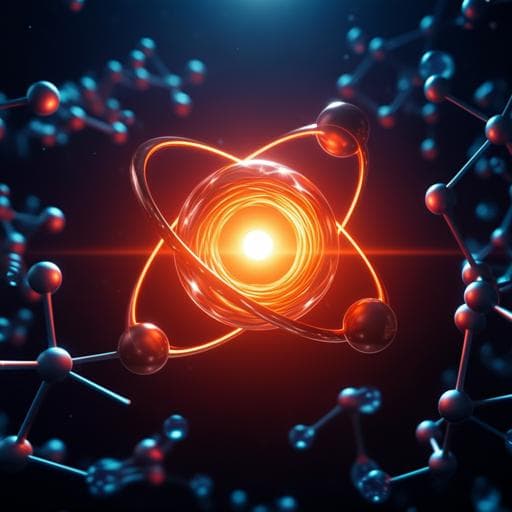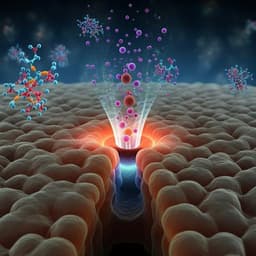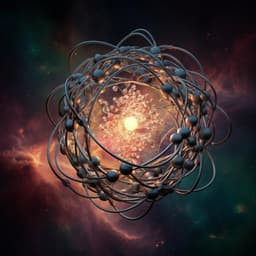
Chemistry
Single-atom Cu anchored catalysts for photocatalytic renewable H₂ production with a quantum efficiency of 56%
Y. Zhang, J. Zhao, et al.
This groundbreaking research by Yumin Zhang and colleagues unveils a new method to achieve a high loading of copper single-atoms on TiO₂, elevating H₂ evolution rates to an impressive 101.7 mmol g⁻¹h⁻¹ under simulated solar light. The method promises not just efficiency but exceptional stability, lasting over 380 days.
~3 min • Beginner • English
Related Publications
Explore these studies to deepen your understanding of the subject.







